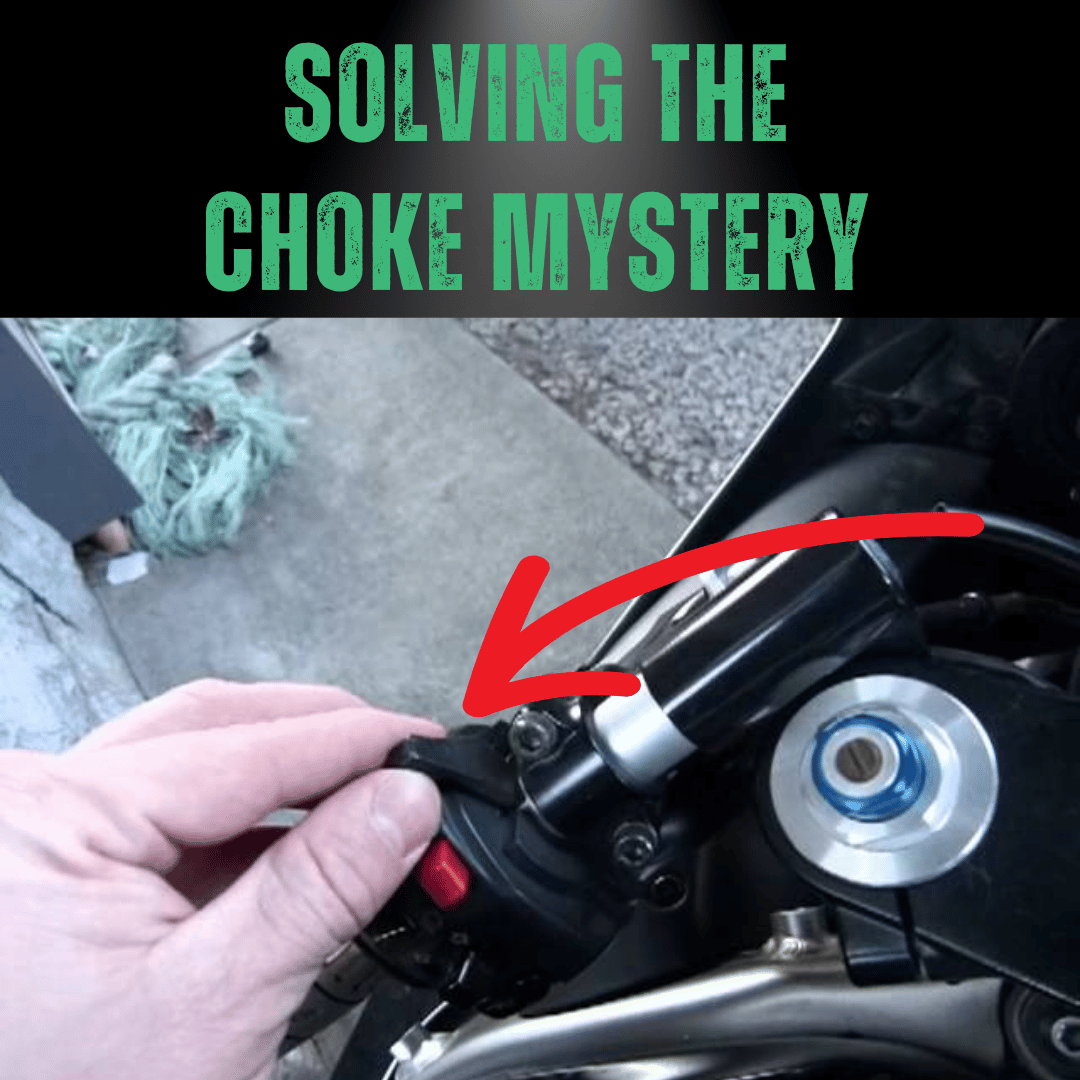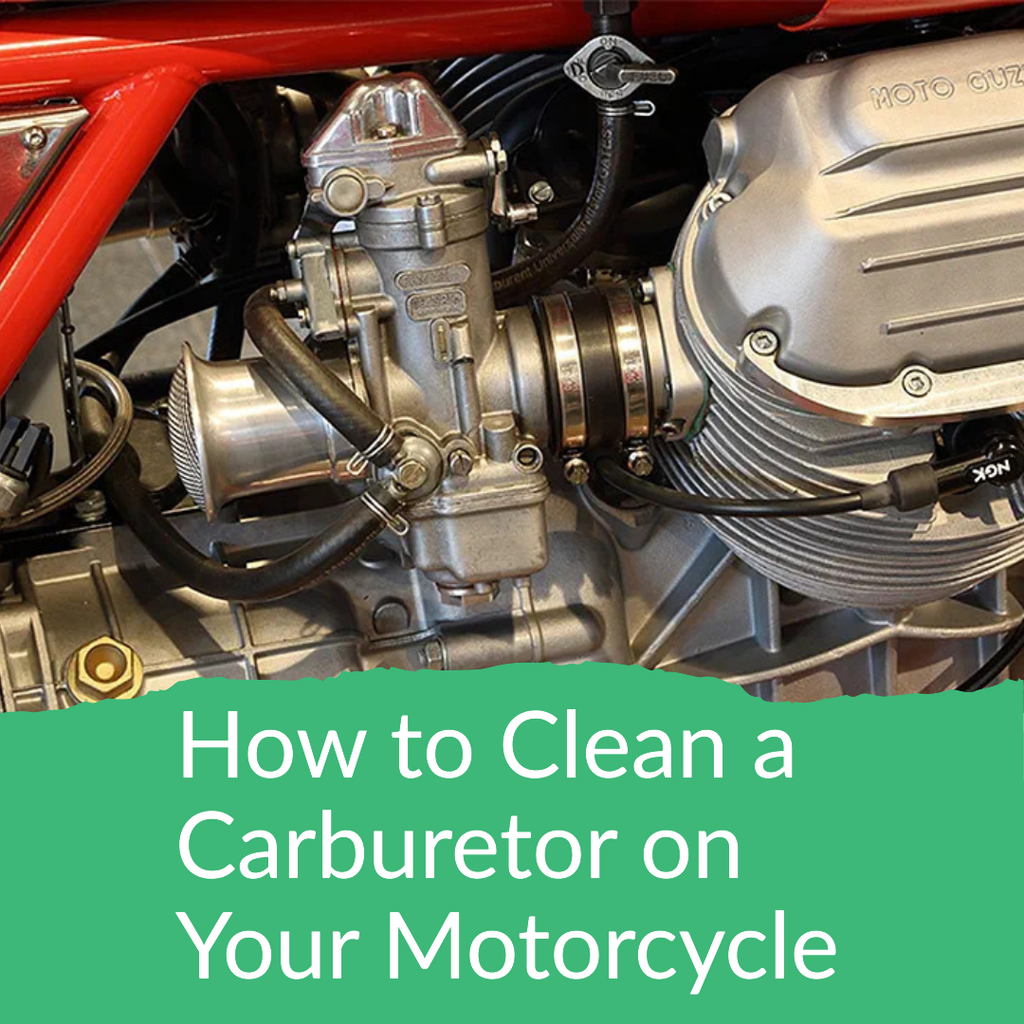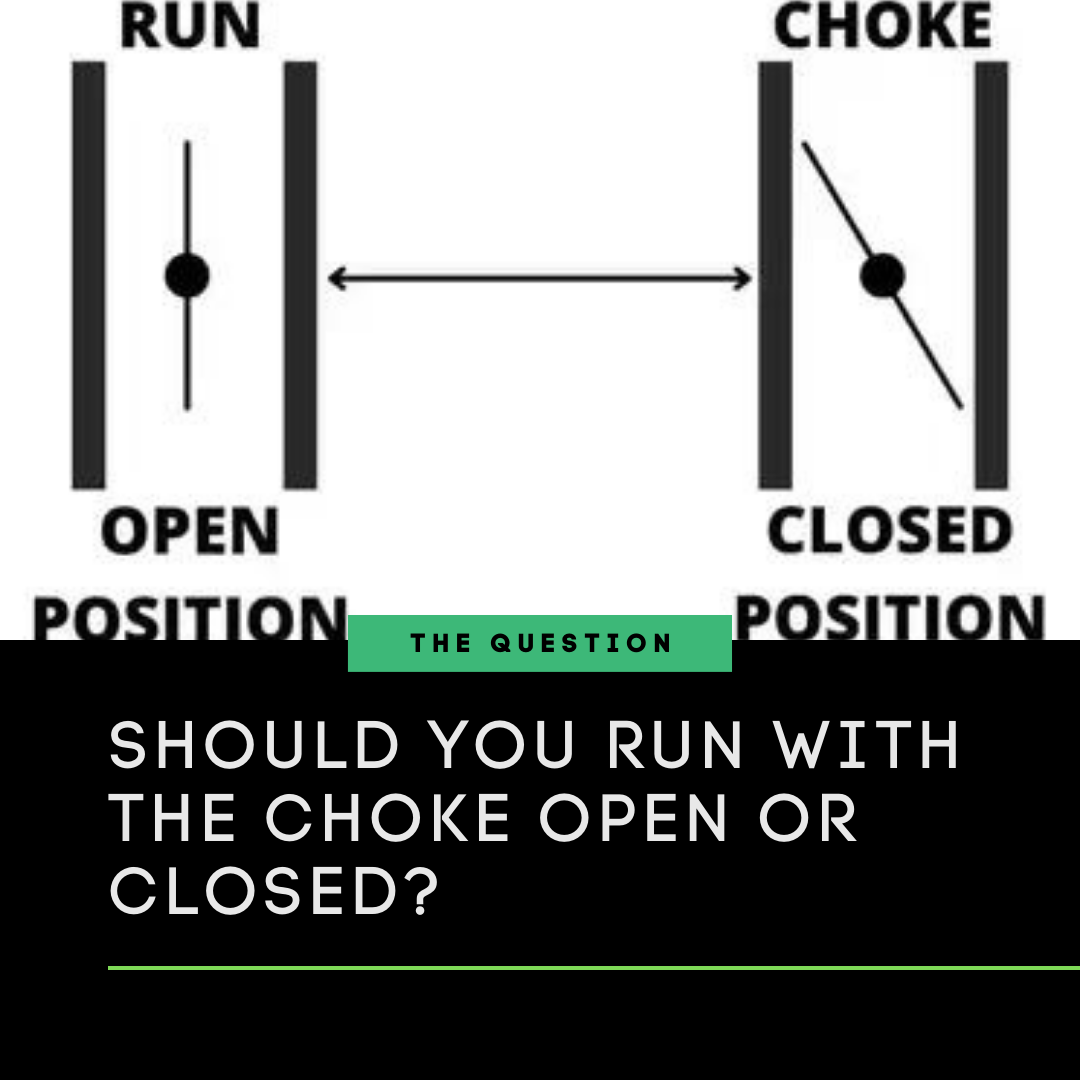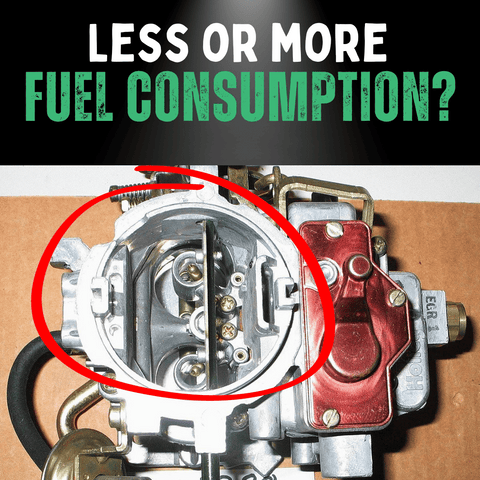
Updated: 16.05.25
It’s a perfect day for a ride, but your motorbike, quad bike, or kids’ ride-on toy sputters unless the choke is on. Frustrating, right? If your engine only runs smoothly with the choke engaged, you’re likely dealing with a carburetor issue. This 2025 guide unravels the choke mystery, offering step-by-step troubleshooting for motorbikes, ATVs, and kids’ petrol quads. From cleaning jets to fixing air leaks, we’ll help you restore smooth performance. Download our free carburetor troubleshooting checklist to get started!
1. Why Your Carburetor Only Runs on Choke
The choke restricts airflow to enrich the fuel-air mixture, aiding cold starts. If your engine requires the choke to run, it’s likely getting too much air or too little fuel, creating a lean mixture. This common issue affects motorbikes, ATVs, and kids’ ride-on toys with petrol engines, leading to inefficiency, poor fuel economy, and potential damage. Let’s diagnose and fix it.
| Section | Key Actions |
|---|---|
| Basic Troubleshooting | Inspect choke, fuel levels, throttle response |
| Carburetor Cleaning | Clean jets, passages with carburetor cleaner |
| Air Intake Issues | Check for leaks, loose clamps, damaged boots |
| Fuel Quality | Use fresh, correct fuel; avoid high alcohol content |
| Maintenance | Regular fuel checks, air leak inspections |
2. Understanding the Choke Issue
The choke enriches the fuel mixture for starting, especially in cold conditions. If your motorbike, quad, or ride-on toy only runs with the choke on, the carburetor isn’t delivering enough fuel without it, indicating a lean mixture. This can cause:
- Increased fuel consumption
- Engine stalling or hesitation
- Potential long-term damage to engine components
Common causes include clogged jets, air leaks, poor fuel quality, or incorrect carburetor settings. Let’s troubleshoot.
3. Basic Troubleshooting Steps
Watch how to troubleshoot carburetor choke issues on a motorbike.
Start with these simple checks to rule out easy fixes:
- Inspect the Choke: Ensure the choke plate fully disengages after starting. A stuck choke (common in kids’ quads) can mimic carburetor issues. Check our dirt bike choke guide.
- Verify Fuel Levels: Low fuel can cause lean running. Ensure the tank is at least half full with fresh petrol.
- Test Throttle Response: With the vehicle parked, gently rev the engine. If it stalls without the choke or struggles, the fuel-air mixture is likely off.
Learn why a carburetor only works with the choke on.
4. Cleaning a Clogged Carburetor
A clogged carburetor is the most common culprit, with tiny jets and passages blocked by debris or old fuel. This restricts fuel flow, forcing reliance on the choke.
Symptoms of a Clogged Carburetor
- Engine only runs with choke on
- Stalling or hesitation when throttle is opened
- Hissing/whistling near air intake (possible vacuum leak)
Steps to Clean Your Carburetor
Cleaning the carburetor is straightforward with the right tools and safety precautions. Follow these steps for motorbikes, ATVs, or kids’ petrol quads:
| Step | Action |
|---|---|
| 1. Remove Carburetor | Disconnect fuel lines and bolts; note connections for reassembly. |
| 2. Disassemble | Remove screws to access jets, float bowl, and passages. |
| 3. Clean Jets | Spray carburetor cleaner through jets; use wire brushes for stubborn clogs. |
| 4. Soak Parts | Soak metal parts in cleaner solution for 10–15 minutes. |
| 5. Rinse and Dry | Rinse with water and dry thoroughly to prevent corrosion. |
| 6. Reassemble | Reinstall jets, float, and screws carefully. |
| 7. Reinstall Carburetor | Reconnect to engine, ensuring tight seals. |
Follow our step-by-step guide to clean a motorbike carburetor.
5. Tools and Materials Needed
Prepare these tools for effective carburetor cleaning:
- Carburetor cleaner spray (£5–£10)
- Small wire brushes or pipe cleaners
- Screwdrivers (Flathead, Phillips)
- Container for soaking parts
- Safety gloves and goggles
- Clean rags or towels
For kids’ quads or smaller engines, ensure tools match the carburetor’s scale (e.g., smaller screwdrivers).
6. Fixing Air Intake Issues
If cleaning doesn’t resolve the issue, an air leak in the intake system may be causing a lean mixture, forcing choke use.
Symptoms of Air Intake Issues
- Whistling/hissing near air intake
- Poor fuel economy
- Engine misfires or rough idling
How to Fix Air Leaks
- Inspect Intake Boot: Check for cracks or splits; replace if damaged (£10–£20).
- Tighten Clamps: Ensure hose clamps are secure to prevent leaks.
- Check Vacuum Lines: Look for disconnected or cracked lines; replace as needed.
Temporary fixes like duct tape work short-term, but replace damaged parts for lasting results. See our choke open vs. closed guide.
Understand when to run with the choke open or closed.
7. Fuel Quality and Mixture Issues
Poor or incorrect fuel can starve the engine, requiring the choke to compensate.
Symptoms of Fuel Issues
- Smelly exhaust fumes
- Poor acceleration
- Reduced engine power
- Lean mixture (evidenced by exhaust smell)
Solutions for Fuel Problems
- Use Fresh Fuel: Replace old or contaminated fuel with fresh petrol (avoid fuel older than 30 days).
- Check Alcohol Content: Use fuel with low ethanol (e.g., E10 or less) to prevent carburetor damage.
- Drain Fuel System: If fuel is stale, drain the tank and carburetor; refill with fresh petrol.
Explore how choke usage affects fuel consumption.
8. Carburetor Adjustment and Tuning
An improperly tuned carburetor can cause lean running, requiring choke use.
Symptoms of Poor Tuning
- High or fluctuating idle RPM
- Engine backfires
- Poor throttle response
How to Adjust the Carburetor
- Locate Mixture Screws: Find the air and fuel screws on the carburetor (refer to your manual).
- Adjust Idle: Set idle speed to manufacturer specs (e.g., 1200–1500 RPM for most quads).
- Fine-Tune Mixture: Turn screws in small increments (1/8 turn) to balance fuel-air mix; test throttle response.
For kids’ ride-on toys, adjustments are simpler but require precision. If unsure, consult a professional or our RPM guide.
9. Other Potential Causes
If cleaning, air intake fixes, and fuel checks don’t solve the issue, consider:
- Faulty Fuel Pump: Low fuel pressure can mimic carburetor issues; test pump output.
- Ignition Problems: Worn spark plugs or coils can cause poor running; inspect and replace (£5–£15).
- Incorrect Jet Sizing: Aftermarket carburetors may have mismatched jets; consult a mechanic for resizing.
For complex issues, a professional mechanic can diagnose and fix problems efficiently.
10. Maintenance After Fixing the Issue
Keep your carburetor in top shape with regular maintenance:
- Fuel Checks: Use fresh, low-ethanol fuel; drain tank if unused for over 30 days.
- Air Leak Inspections: Check intake boots and vacuum lines monthly for cracks or leaks.
- Carburetor Cleaning: Clean every 6–12 months, depending on usage, to prevent clogs.
Download our free checklist to track maintenance tasks.
11. When to Seek Professional Help
Some issues require expert intervention:
- Complex Adjustments: Persistent lean running after tuning may need jet resizing or carburetor rebuilding (£50–£150).
- Fuel System Issues: Faulty pumps or injectors require specialised tools and diagnostics.
- Electronic Chokes: Malfunctioning automatic chokes need electrical testing.
Search for “carburetor repair near me” on Google or Yelp to find certified mechanics, especially for kids’ quads or high-performance motorbikes.
12. How Much Does Carburetor Repair Cost?
Costs vary based on the fix and vehicle type:
- DIY Cleaning: £15–£30 for cleaner, brushes, and gaskets.
- Professional Cleaning: £50–£100, including labour.
- Carburetor Rebuild: £100–£200 for parts and labour (common for ATVs).
- Replacement Carburetor: £50–£150 for kids’ quads; £200–£500 for motorbikes.
Save by DIY cleaning and shopping our ride-on motorbikes or petrol quads with easy-maintenance designs.
13. Conclusion
Fixing a carburetor that only runs on choke is achievable with the right steps, whether for a motorbike, ATV, or kids’ ride-on toy. From cleaning jets to tuning the mixture, this guide ensures smooth performance and longevity. Use our free checklist to stay on track. Need parts or a new ride? Explore RiiRoo’s kids’ motorbikes and petrol quads for quality and fun!
Frequently Asked Questions
Why does my engine stall when I turn off the choke?
Stalling without the choke suggests a clogged carburetor or lean mixture. Debris in fuel passages restricts flow, and the choke compensates by adding fuel. Clean the carburetor thoroughly.
How often should I clean my carburetor?
Clean every 6–12 months, depending on usage. Heavy use (e.g., daily riding) or old fuel requires more frequent cleaning. Use our checklist to schedule maintenance.
Is carburetor cleaner spray enough for choke issues?
Spray can fix minor clogs but may not address severe blockages or air leaks. For persistent issues, disassemble and clean the carburetor fully or consult a mechanic.
Can electronic choke issues cause similar problems?
Yes, faulty electronic chokes (common in newer ATVs) can mimic manual choke issues. Check electrical connections, fuses, or sensors; professional diagnostics may be needed.
How much does it cost to fix a carburetor?
DIY cleaning costs £15–£30 for supplies. Professional cleaning ranges from £50–£100, while rebuilding or replacing a carburetor costs £100–£500, depending on the vehicle.
Additional Resources
- Why a Carburetor Only Works with Choke On
- What Choking a Dirt Bike Does
- How to Clean a Motorcycle Carburetor
- Choke Open vs. Closed
- Choke and Fuel Consumption
- Kids’ Ride-On Motorbikes
- Kids’ Petrol Quads
Get in Touch 🚀
Loved our guide on fixing carburetor choke issues? Ready for more ride-on fun?
Parents, we’re here to answer all your kids’ ride-on toy questions! 🏍️
Visit RiiRoo.com, use our Live Chat, or email hello@riiroo.com to explore our motorbikes and quads!









Share:
5 SURPRISING Ways to Remove Scratches from Your Helmet Visor
25 GAME-CHANGING Motorcycle Hacks You NEED to Know